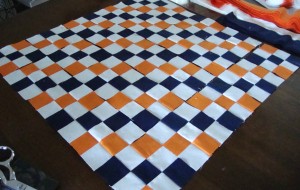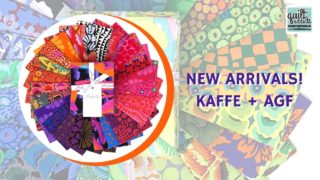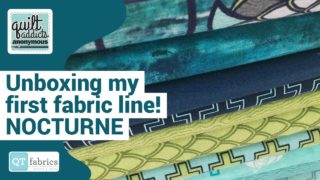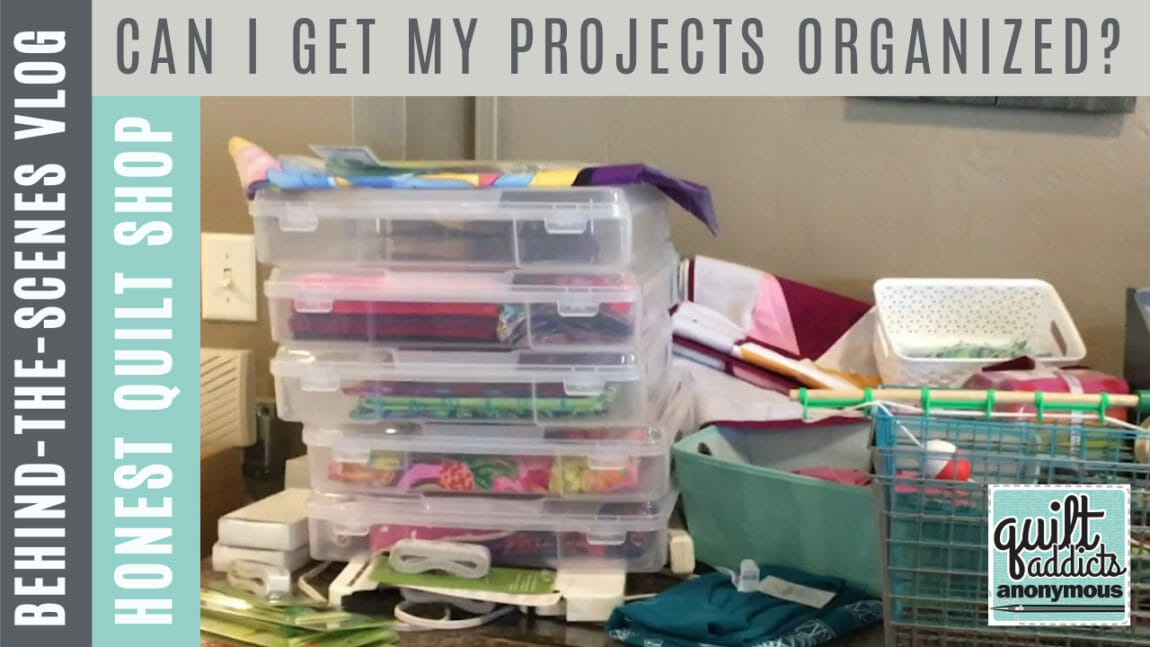It’s time to strip … strip piece that is
The quilt I’m working on now is made up of more than 1,000 1.5-inch squares. And while I have been nuts to take on some of the quilting projects I’ve attempted (king-sized New York beauty and lonestar in the same year) this quilt has been made much easier by strip piecing.
I designed the three color quilt so that the blue squares will form a big X and then the other colors will form arrows pointing to the center. I also designed it so that the number of squares in the quilt would be divisible by three so I could make several nine patches (121 to be exact) and piece those together. Which is a lot better than piecing 1,000 squares together.
The strip piecing comes in when I marked off the nine patches in the quilt top and realized that the majority of the quilt was made up of three basic nine patch designs.
From there I cut 2-inch strips by the width of fabric and sewed them together in the pattern of one row of the nine patch unit I was making. Then I sliced a 2-inch wide vertical section off for a pre-pieced nine patch row.
From there all I had to do was sew the rows together to get the nine patch unit I needed. Pretty easy right?
Now I have just have four corners to sew together made up of 25 nine patches, which is essentially the same as sewing together four really big five-patch units. Then I’ll connect them with the center row of nine-patches, which aren’t shown here, and I’ll be done. Now doesn’t that sound a lot better than piecing 1,000 tiny squares together?
There are lots of designs that can be made with strip piecing. The lonestar I mentioned earlier was strip pieced. So the next time you’re thinking about taking on a complicated pattern, take a look at it and see if it can be made easier by strip piecing.













